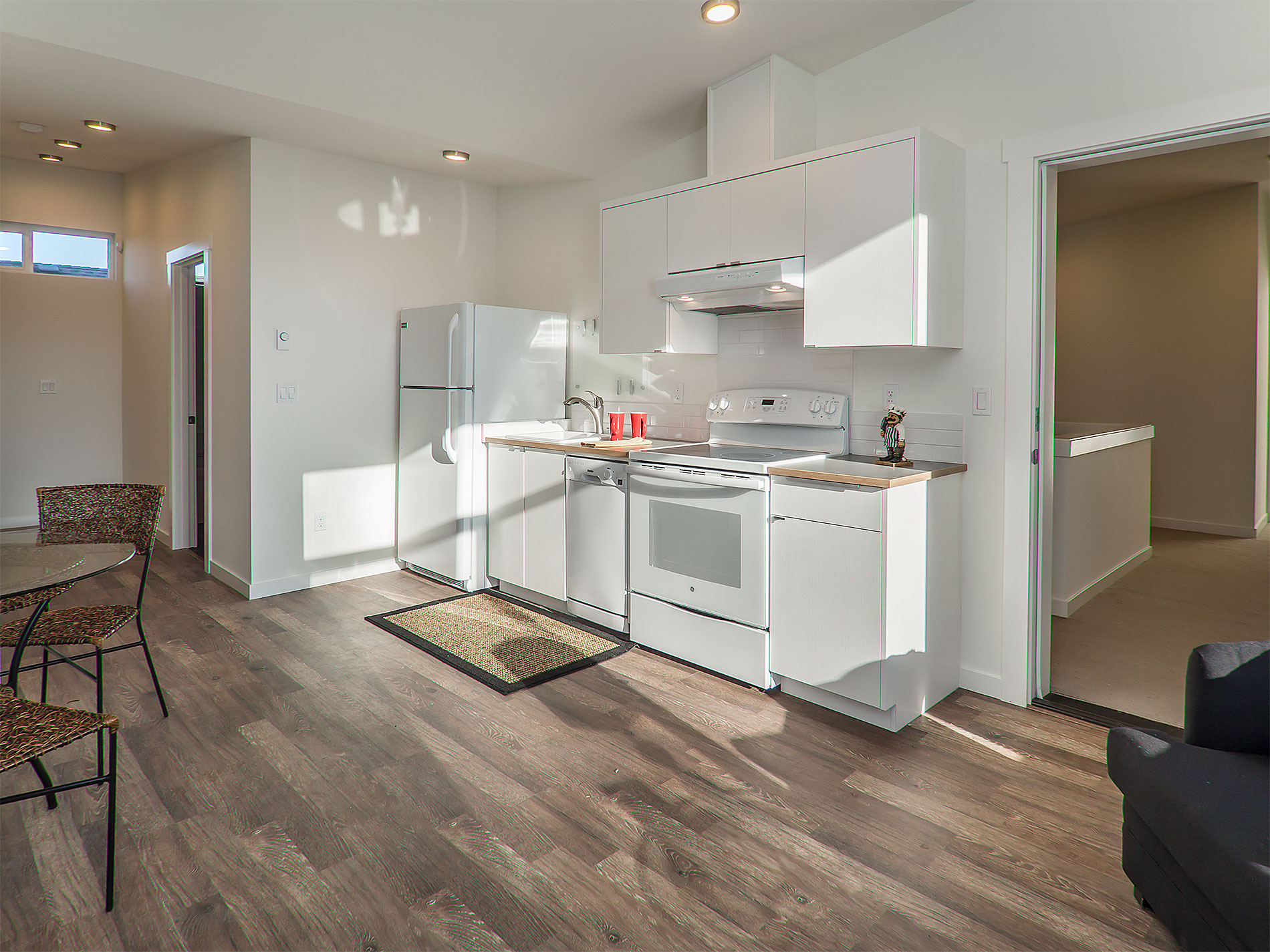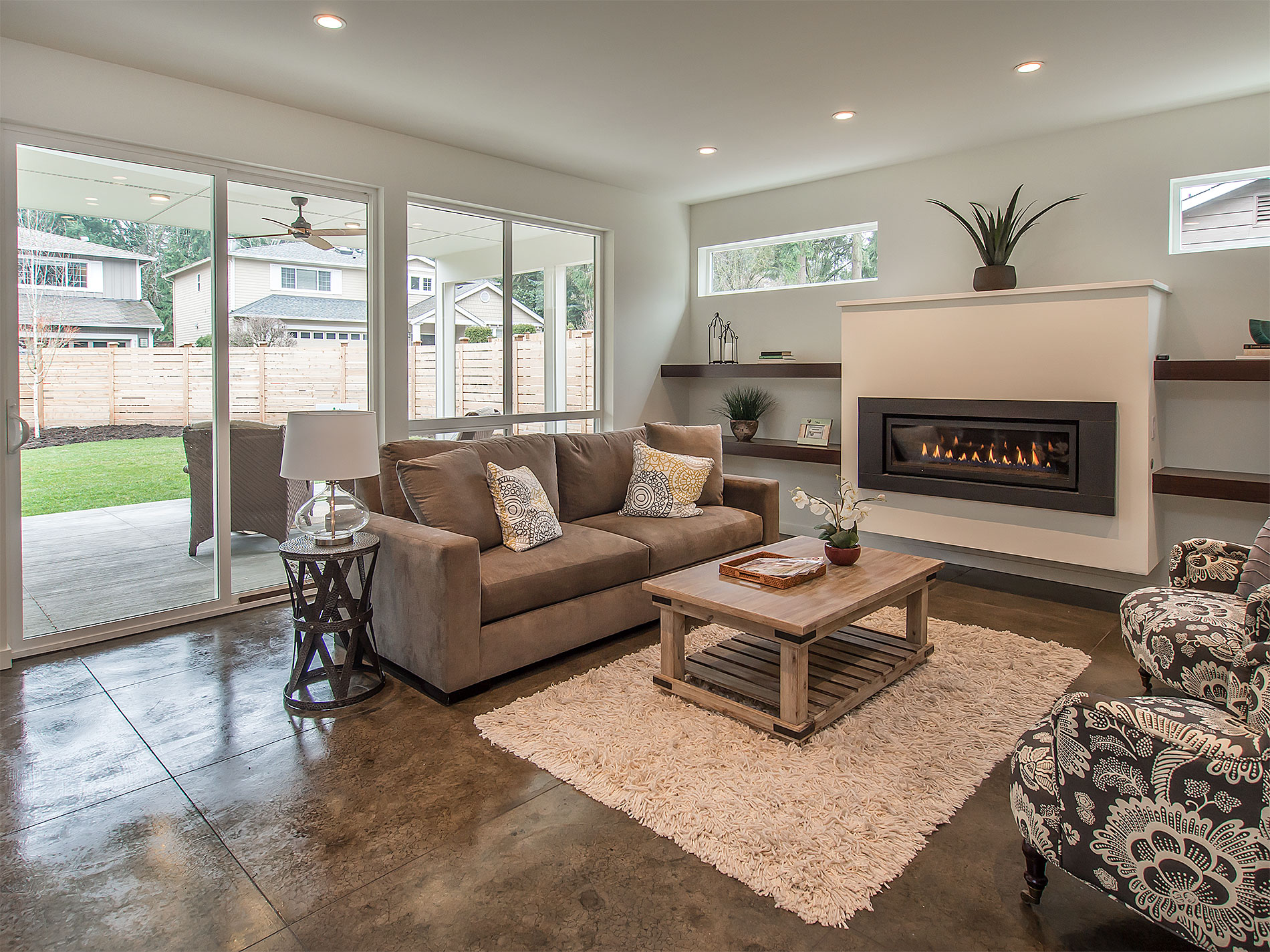The number of Americans living in multigenerational households — defined, generally, as homes with more than one adult generation — rose to 56.8 million in 2012, about 18 percent of the total population, from 46.6 million, or 15.5 percent of the population, in 2007, according to Pew Research. By comparison, an estimated 28 million, or 12 percent, lived in such households in 1980.
“People lost jobs, and with tighter household budgets, a lot of homes consolidated,” said Aaron Terrazas, a senior economist at Seattle-based housing website Zillow. “We’re seeing more children living with their parents, and elderly parents moving in with their adult children.”
In a recent survey by Burns Consulting of 20,000 home shoppers, 44 percent said they would like to accommodate their elderly parents in their next home. Forty-two percent said they plan to accommodate their adult children. The numbers are increasing for several reasons: The recent recession and resulting unemployment hit young workers hardest. An abnormally high number of them therefore never moved out of their parents' homes. Millennials are also marrying later in life, keeping them with their parents longer.
Immigration is another driver. In Asian and Hispanic cultures, multigenerational living is usually the rule. As these immigrants move to the U.S. in greater numbers, they bring the trend along with them.
Then there are retiring baby boomers. The largest generation is downsizing. Some are choosing active adult communities, but a significant number are choosing to move in with their adult children. With more dual income households, help from live-in grandparents is often a necessity.
"Older homes were built for young families, and we have 21 million households now living multi-generationally, with one generation having to share a bathroom that's used by the entire house, some people live in the garage," said John Burns of John Burns Real Estate Consulting. "I think the builders figured out there was a huge opportunity here that they had missed, and Lennar was a real leader in this a few years ago, designing for these types of households."
Most multigenerational families live in ordinary houses, but the homebuilding industry is responding quickly to this shifting demand by creating homes specifically for these types of families such as Pacificstar Developement's most recent project in Kirkland, WA. They not only built for the multigenerational segment in mind with an attached flex-space/Accessory Dwelling Unit but they also built for the energy conscious consumer by building under the Built Green 4 Star certification guidelines.The apartment is a separable 550 sf flex-space/ADU with its own entrance, full kitchen and laundry, one bedroom and one bath. The flex-space allows for a range of different uses over the life-cycle of the building and its owners, including guest or au-pair quarters, in-law unit, entertainment area, art studio, small business space or rental apartment.
 Barry Swanson, the owner of Pacficstar, has built many homes in the Greater Seattle area . He wanted to so something different and more ambitious than providing the standard cookie cutter designed homes, believing the Greater Seattle area has the population and demographics that can appreciate the combinations of energy conscious construction/function, sophisticated design and multi-purpose use. The ultra contemporary design by Novion Architecture designed the home to maximize all facets of solar energy consumption, retention and use. The thought, details and systems that went into creating the functionality of this home to maximize its energy savings opportunities are impressively forward thinking.
Barry Swanson, the owner of Pacficstar, has built many homes in the Greater Seattle area . He wanted to so something different and more ambitious than providing the standard cookie cutter designed homes, believing the Greater Seattle area has the population and demographics that can appreciate the combinations of energy conscious construction/function, sophisticated design and multi-purpose use. The ultra contemporary design by Novion Architecture designed the home to maximize all facets of solar energy consumption, retention and use. The thought, details and systems that went into creating the functionality of this home to maximize its energy savings opportunities are impressively forward thinking.
The 2008 recession, high student-loan debt, rising rents and a tough job market for millennials caused many people ages 18 to 34 to delay leaving home, said Alex Barron, founder of the Housing Research Center. And then there are boomerang children, who return to their parents’ home because of a job loss, divorce or other reason.
On the flip side, baby boomers are living longer than previous generations. Many are planning ahead in hopes they can devote more attention to their children and grandchildren — and spend little, if any, time in a nursing home. Multigenerational living is “growing in popularity,” said Robert Curran, a managing director at Fitch Ratings. With roughly 10,000 baby boomers turning 65 each day for the next 17 years, interest in such arrangements is unlikely to wane anytime soon.
Swanson is hopeful his latest project will start a new trend within the growing multigenerational segment of people who want a home that truly provides the perfect combination of design, function and energy savings.
Content credit:
http://www.cnbc.com/2016/02/08/under-one-roof-multigenerational-housing-big-for-builders.html
http://www.seattletimes.com/business/multigenerational-homes-are-back-in-style-with-more-breathing-room/

 Barry Swanson, the owner of Pacficstar, has built many homes in the Greater Seattle area . He wanted to so something different and more ambitious than providing the standard cookie cutter designed homes, believing the Greater Seattle area has the population and demographics that can appreciate the combinations of energy conscious construction/function, sophisticated design and multi-purpose use. The ultra contemporary design by Novion Architecture designed the home to maximize all facets of solar energy consumption, retention and use. The thought, details and systems that went into creating the functionality of this home to maximize its energy savings opportunities are impressively forward thinking.
Barry Swanson, the owner of Pacficstar, has built many homes in the Greater Seattle area . He wanted to so something different and more ambitious than providing the standard cookie cutter designed homes, believing the Greater Seattle area has the population and demographics that can appreciate the combinations of energy conscious construction/function, sophisticated design and multi-purpose use. The ultra contemporary design by Novion Architecture designed the home to maximize all facets of solar energy consumption, retention and use. The thought, details and systems that went into creating the functionality of this home to maximize its energy savings opportunities are impressively forward thinking.
